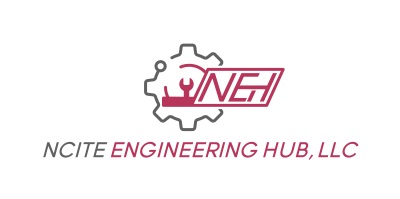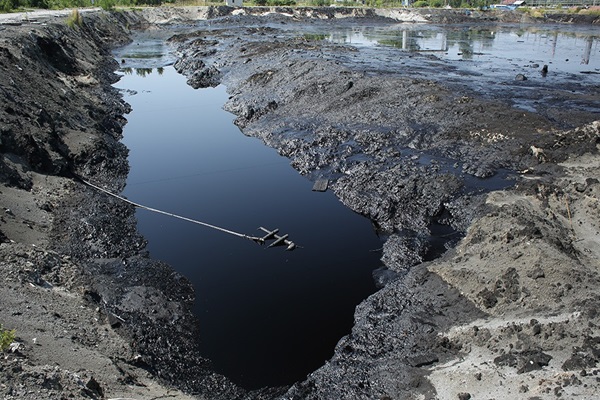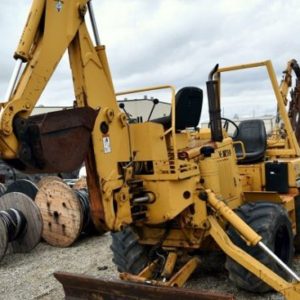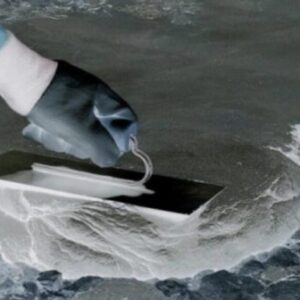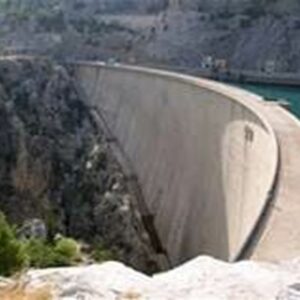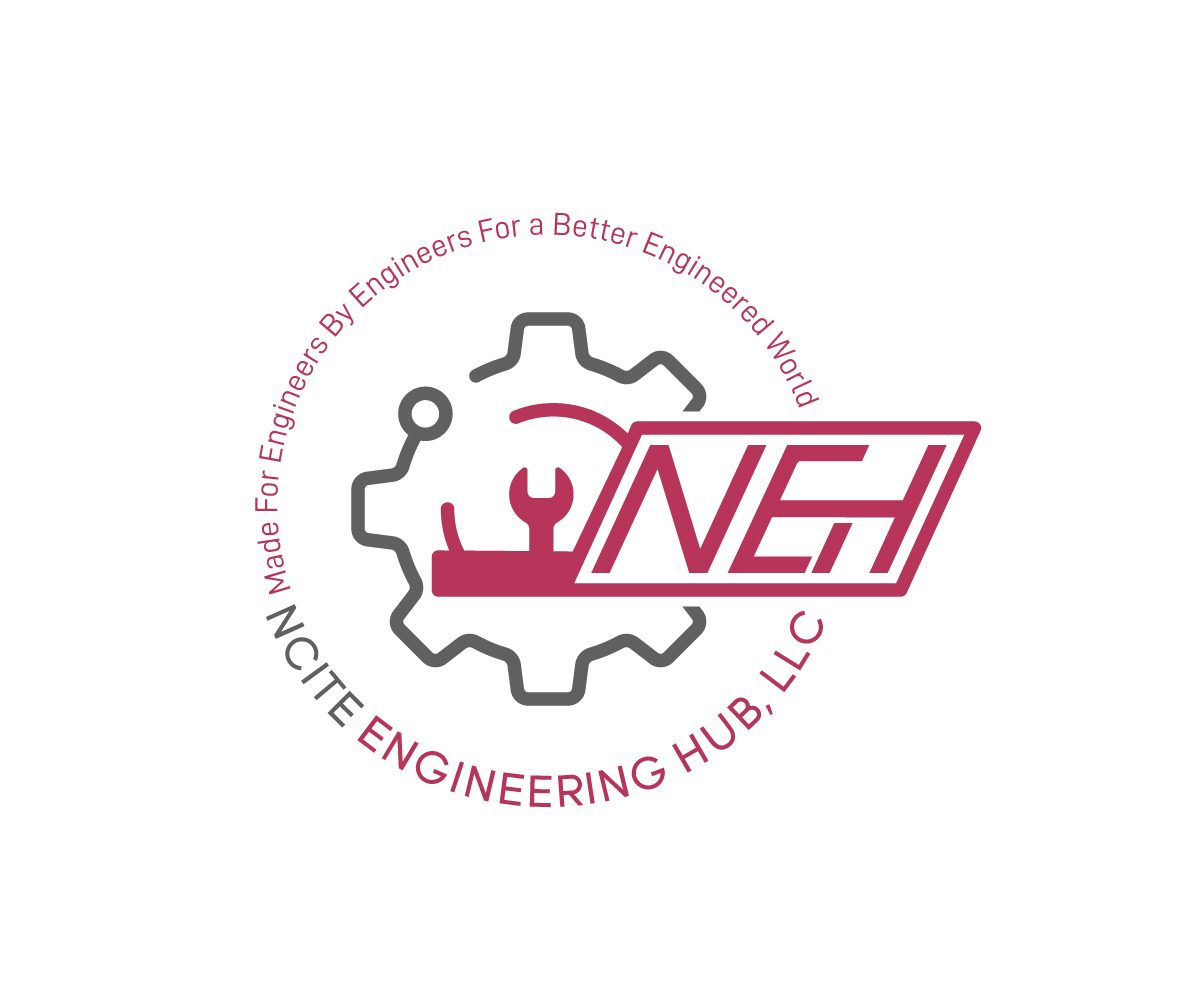Description
Chemical precipitation is the most common technique used for treatment of metal-contaminated waters (Patterson and Minear 1975, EPA 625/8-80-003, EPA 600/8-80- 042c, Peters et al. 1985, Patterson 1988). Chemical precipitation of heavy metals has long been used as the primary method of treating wastewaters in industrial applications, such as metal finishing and plating. Owing to this past success, chemical precipitation is often selected to remediate hazardous, toxic, and radioactive waste (HTRW) sites containing ground water contaminated by heavy metals or landfill leachate, or both. For the precipitation process to be effective, an efficient solids removal process must be employed. To separate the solid and liquid phases of the wastestream, coagulation, flocculation, and clarification or filtration, or both, are typically used along with precipitation. Precipitation/coagulation/ flocculation (P/C/F) systems are often used as a pre-treatment step to stop metals from interfering with subsequent treatment processes (e.g., UV–oxidation or air stripping). Depending on the required treatment standards, a P/C/F system may also be used as the final stand-alone treatment.

